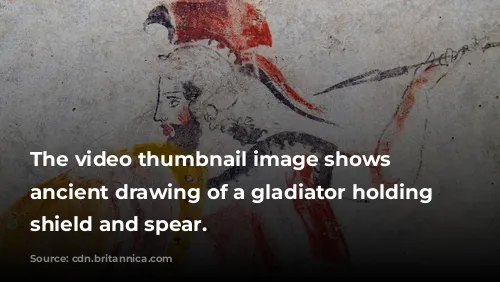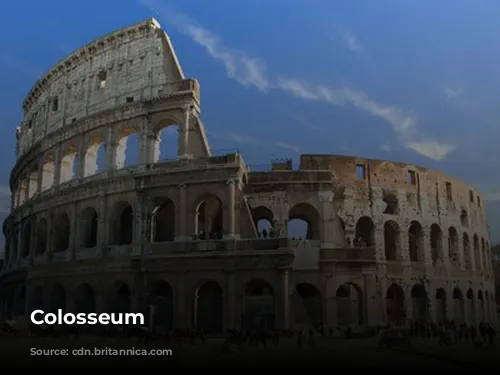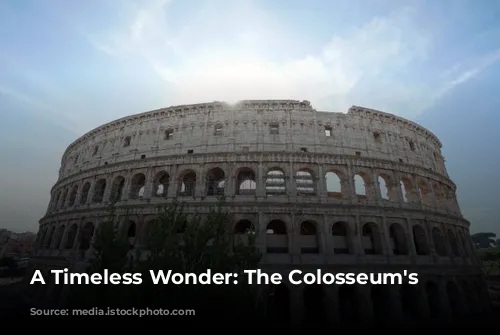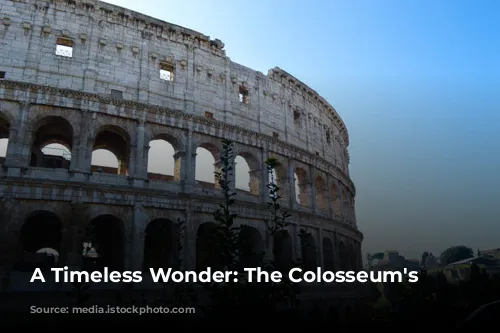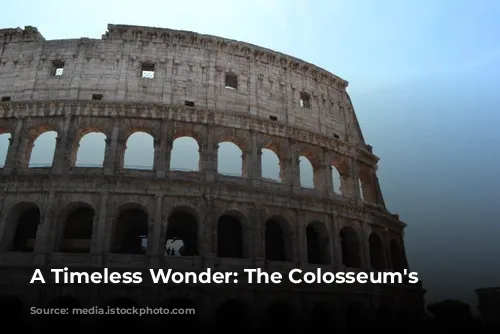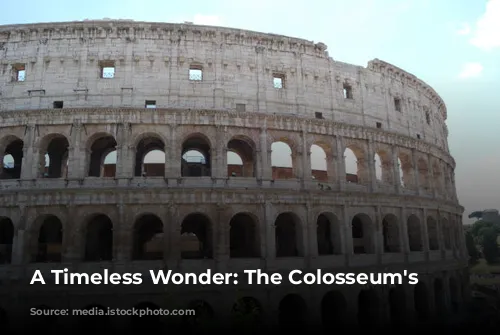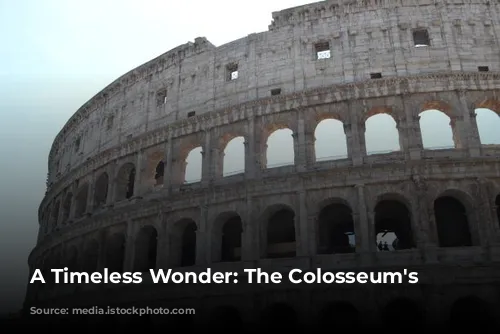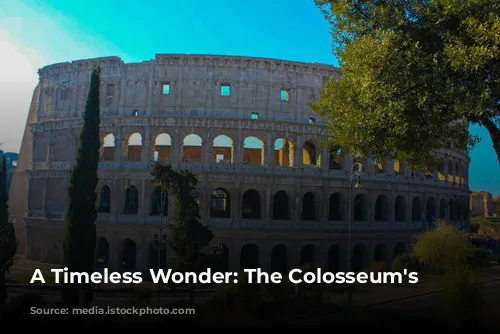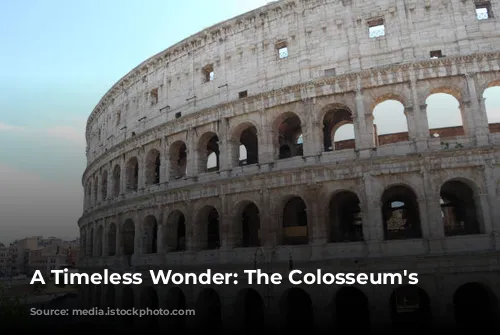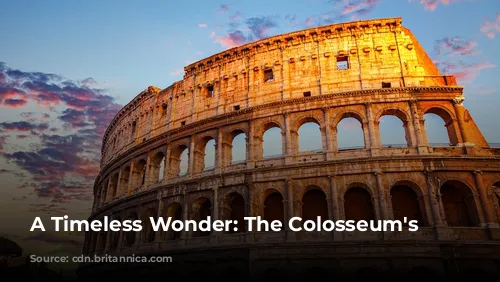The Colosseum, a remarkable relic of the Roman Empire, stands as a testament to ancient Rome’s architectural genius and engineering prowess. Today, it serves as a significant source of tourism revenue for Italy, drawing millions of visitors each year. In 2018 alone, the Colosseum, along with the Roman Forum and Palatine Hill, generated over $63.3 million (€53.8 million), making it the top tourist attraction in the country. This ancient wonder continues to captivate the world with its grandeur and historical significance.
This iconic landmark, one of the few mostly intact structures from the Roman Empire, has witnessed a tumultuous history. Following the fall of the Western Roman Empire, the Colosseum fell into a state of disrepair. During the 12th century, the Frangipane and Annibaldi families transformed the once-glorious arena into their fortress. In the late 15th century, Pope Alexander VI granted permission for the Colosseum to be used as a quarry, leading to further deterioration of the structure. This neglect continued for over a thousand years before restoration efforts, funded by the state, commenced in the 1990s.
The Colosseum: A Symbol of Imperial Power
The Colosseum’s construction was part of an ambitious imperial initiative aimed at revitalizing Rome after the chaotic year of the four emperors in 69 CE. Like other amphitheatres, Emperor Vespasian envisioned the Colosseum as a grand entertainment venue, hosting spectacles such as gladiator fights, animal hunts, and even mock naval battles. It was a means to showcase the might and power of the Roman Empire and keep the masses entertained.
The construction of the Colosseum began under Emperor Vespasian between 70 and 72 CE. The completed structure was dedicated in 80 CE by his son and successor, Titus. The Colosseum’s fourth story was added by Emperor Domitian in 82 CE. Interestingly, the arena was financed by the spoils from Titus’s conquest of Jerusalem in 70 CE, and its construction involved the labor of enslaved Jews from Judea.
A Monument of Engineering Brilliance
The Colosseum, also known as the Flavian Amphitheatre, is a stunning elliptical structure made of stone, concrete, and tuff. It stands four stories tall at its highest point, measuring 620 by 513 feet (189 by 156 meters) and accommodating up to 50,000 spectators. The Colosseum was renowned for its use in gladiatorial combat, where skilled warriors fought for the entertainment of the masses.
This architectural marvel was built east of the Palatine Hill, on the site of Nero’s Golden House. The artificial lake that once graced the palace complex was drained to make way for the Colosseum. This decision was as much symbolic as it was practical. Vespasian, whose rise to power was humble, chose to replace the tyrannical emperor’s private lake with a public amphitheater, capable of hosting tens of thousands of Romans.
A Glimpse into Roman Life
The Colosseum was officially dedicated in 80 CE by Titus, with a 100-day celebration of games. Domitian completed the structure by adding the uppermost story in 82 CE. Unlike previous amphitheatres, which were often built into hillsides for additional support, the Colosseum is a freestanding structure of stone and concrete. Its complex system of barrel vaults and groin vaults makes it a remarkable engineering achievement. The Colosseum stands as a testament to the Roman Empire’s architectural innovations.
The Colosseum’s design incorporated three stories of arcades, framed by engaged columns in the Doric, Ionic, and Corinthian orders. The structure’s rising arrangement of columns influenced Renaissance architecture, becoming a key element in the codification of the orders. The Colosseum was built using travertine for the main framework and facade, volcanic tufa for the secondary walls, and concrete for the inner bowl and arcade vaults.
Spectacles of the Colosseum
The amphitheater provided seating for around 50,000 spectators, shielded from the sun by a massive retractable awning called a velarium. Supporting masts extended from corbels built into the Colosseum’s top story, and hundreds of Roman sailors were responsible for manipulating the rigging that extended and retracted the velarium. The Colosseum was the stage for countless spectacles, including thrilling gladiatorial contests, battles between men and animals, and even mock naval engagements. Although the exact location of the martyrdom of early Christians remains uncertain, it is possible that the Colosseum played a role in these tragic events.
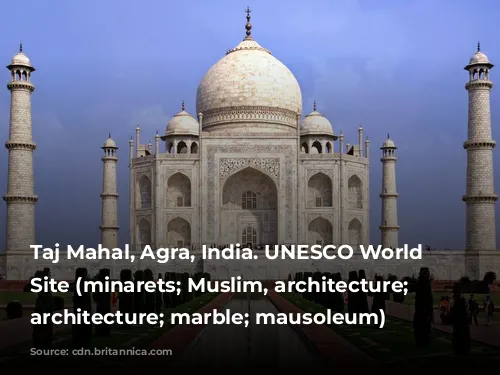
A Monument Through Time
During the Middle Ages, the Colosseum was used as a church, followed by its repurposing as a fortress by the prominent Roman families, the Frangipane and the Annibaldi. Over time, lightning strikes, earthquakes, vandalism, and pollution took their toll on the structure. The once-grand marble seats and decorative elements were stripped away, as the Colosseum was used as a quarry for over a thousand years.
The preservation of the Colosseum began in earnest in the 19th century, with notable efforts led by Pius VIII. A significant restoration project was undertaken in the 1990s. Today, the Colosseum remains one of Rome’s most prominent tourist attractions, welcoming close to seven million visitors each year. Changing exhibitions showcasing the culture of ancient Rome are regularly held within its historic walls, keeping the legacy of this ancient wonder alive.
The Colosseum, a majestic monument that has endured through time, continues to stand as a symbol of the Roman Empire’s grandeur and architectural brilliance. Its history is a testament to the rise and fall of empires, the resilience of human ingenuity, and the enduring power of human creativity. As visitors marvel at its grandeur, they are transported back to a time when Rome ruled the world, and the Colosseum echoed with the roars of the crowd and the clash of swords.
